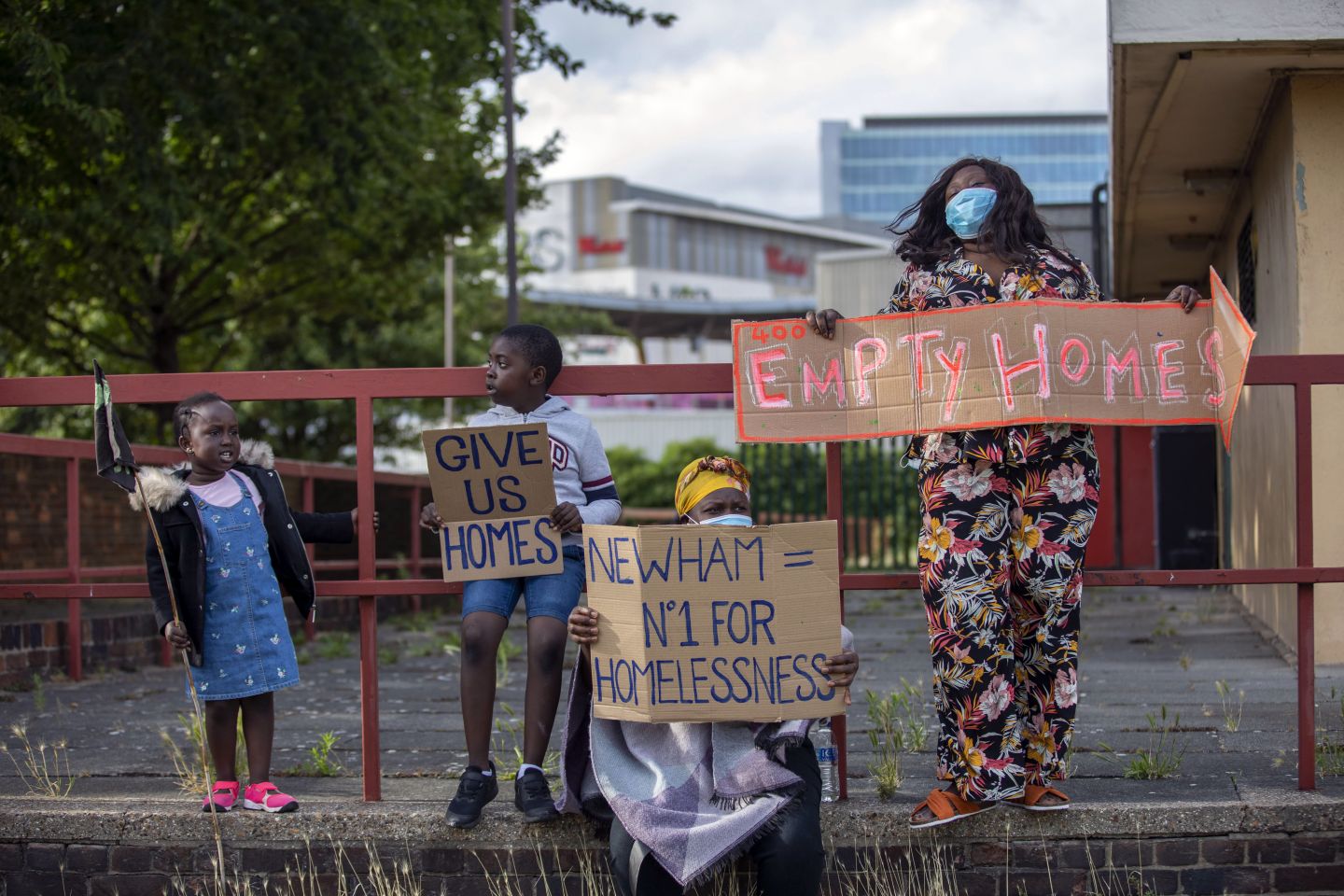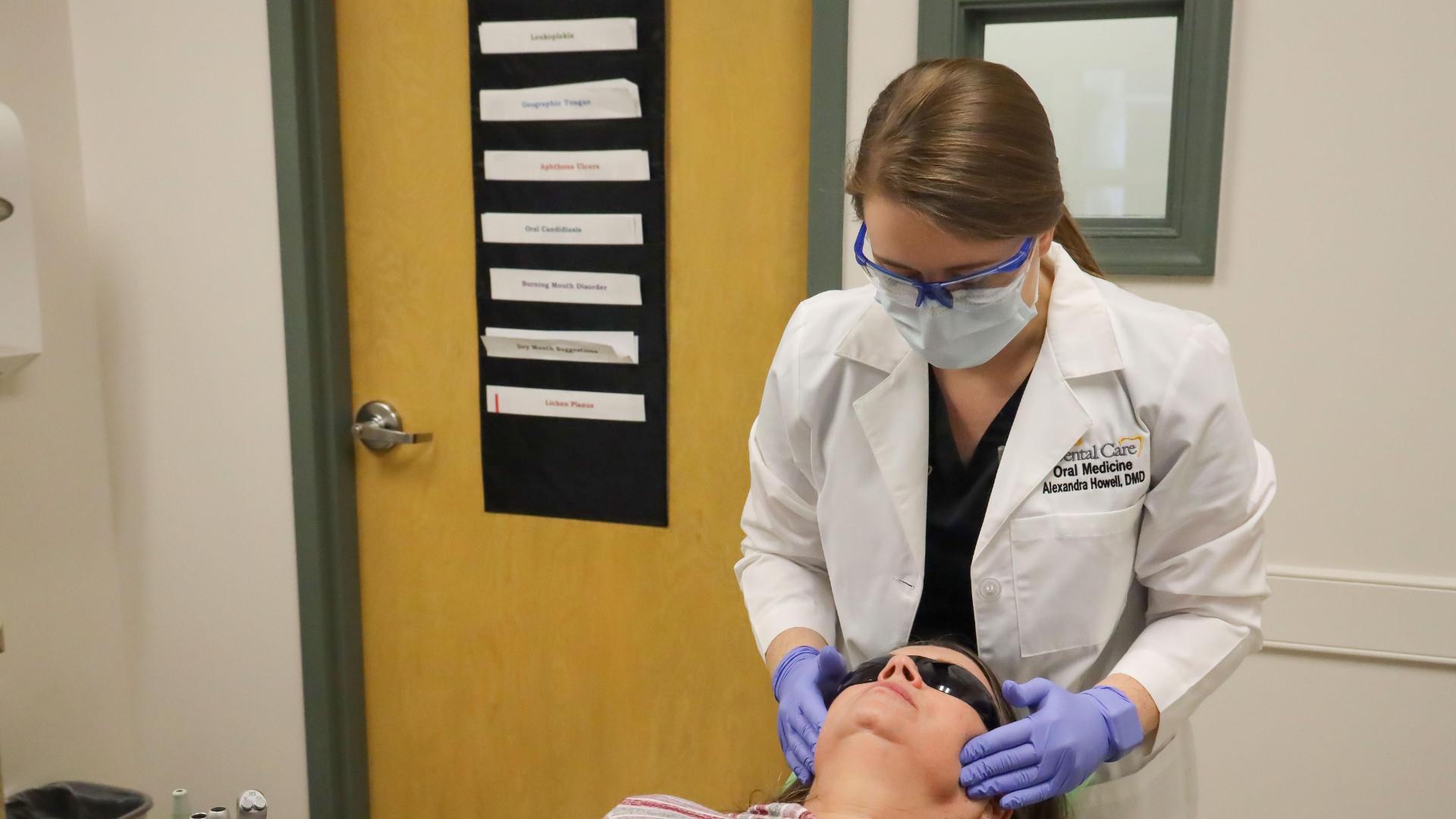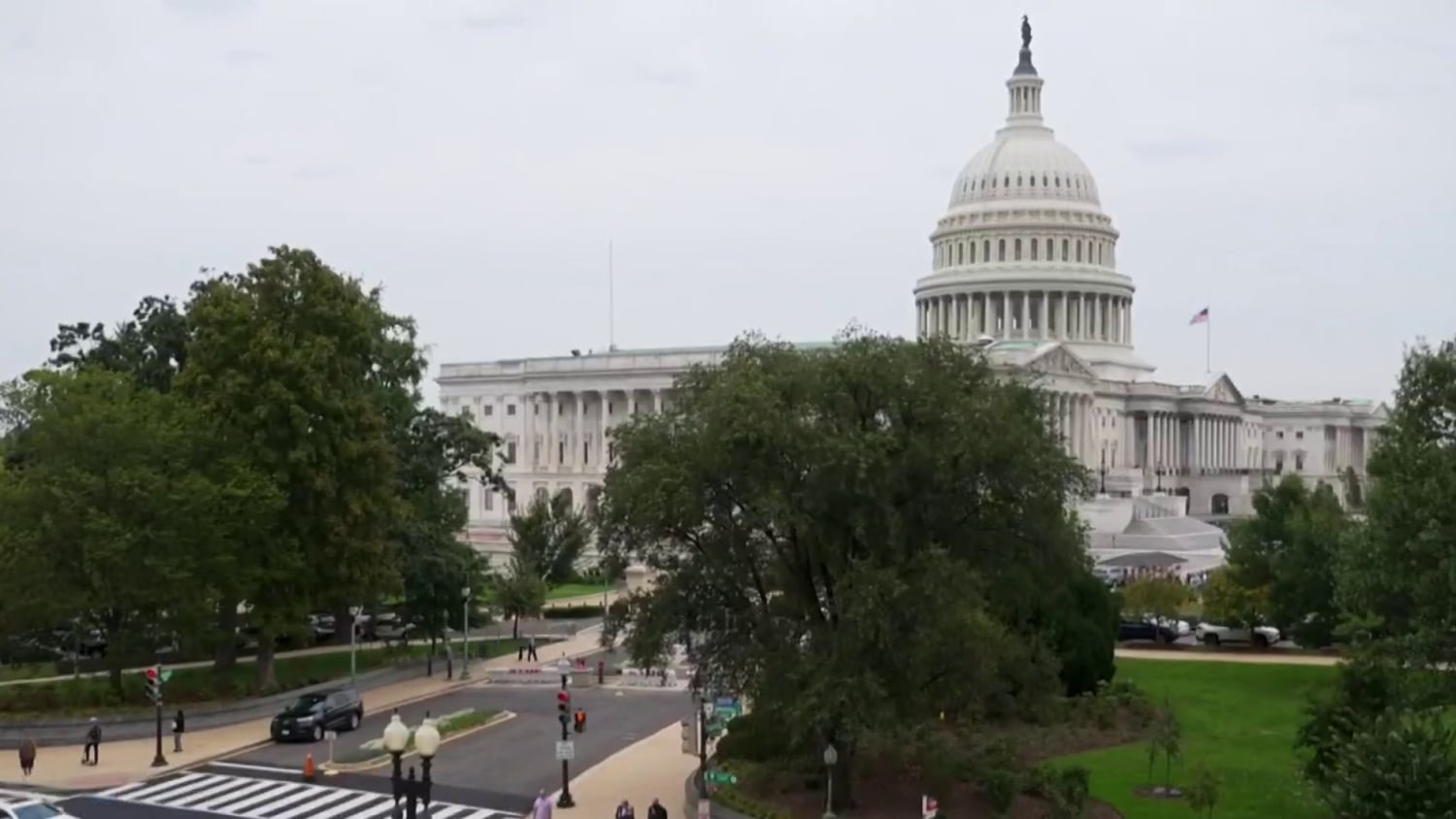Report on Slovak Constitutional Amendments and Their Conflict with Sustainable Development Goals
Executive Summary
The Slovak parliament has passed constitutional amendments that significantly impact human rights and deviate from international commitments to the Sustainable Development Goals (SDGs). The amendments formally recognize only male and female genders, restrict comprehensive sexuality education, and limit adoption to married heterosexual couples. This report analyzes these changes through the lens of the SDGs, highlighting direct contradictions with goals related to health, education, equality, and justice.
Key Legislative Changes
- Gender Recognition: The constitution will now exclusively recognize two genders, male and female, effectively denying legal recognition to transgender and non-binary individuals.
- Education: Comprehensive sexuality education will be restricted, limiting access to information crucial for sexual and reproductive health.
- Family and Adoption Rights: The right to adopt children is now limited to married heterosexual couples, excluding same-sex couples and other family structures.
Conflict with Sustainable Development Goals (SDGs)
The approved amendments are in direct opposition to several core principles of the 2030 Agenda for Sustainable Development.
- SDG 3 (Good Health and Well-being): By restricting comprehensive sexuality education and creating barriers to healthcare for transgender people, the legislation undermines Target 3.7, which calls for universal access to sexual and reproductive health-care services.
- SDG 4 (Quality Education): The move to limit sexuality education contravenes Target 4.7, which aims to ensure that all learners acquire the knowledge and skills needed to promote human rights and gender equality.
- SDG 5 (Gender Equality): The amendments represent a significant regression for gender equality. By enforcing a strict gender binary and discriminating against LGBTI people, the legislation violates the core objective of Target 5.1 to end all forms of discrimination against all women and girls everywhere.
- SDG 10 (Reduced Inequalities): The legislation institutionalizes discrimination, directly opposing Target 10.2 (promote the social, economic, and political inclusion of all) and Target 10.3 (ensure equal opportunity and reduce inequalities of outcome, including by eliminating discriminatory laws).
- SDG 16 (Peace, Justice and Strong Institutions): By enacting laws that contradict international human rights treaties, Slovakia weakens the rule of law and undermines the development of inclusive institutions, as promoted by Target 16.b (promote and enforce non-discriminatory laws and policies for sustainable development).
International Reaction and Recommendations
Human rights organizations and international bodies have widely condemned the amendments. Amnesty International has highlighted that the legislation exacerbates the dire situation for marginalized groups and places Slovakia in breach of international law.
Concerns Raised by International Bodies:
- The Council of Europe Commissioner for Human Rights
- Multiple UN Special Rapporteurs (in the fields of education, health, and privacy)
- European Union institutions
These bodies have consistently recommended the withdrawal or rejection of the amendments. The consensus is that for Slovakia to meet its international obligations and progress on the SDGs, it must reject discriminatory policies and instead introduce legal protections that ensure human rights for all, including marriage equality, legal gender recognition, and comprehensive sexuality education.
Analysis of Sustainable Development Goals in the Article
1. Which SDGs are addressed or connected to the issues highlighted in the article?
-
SDG 3: Good Health and Well-being
The article connects to this goal by discussing the need for “access to health care” for transgender and non-binary people and advocating for “comprehensive sexuality education to… promote sexual and reproductive health.”
-
SDG 4: Quality Education
This goal is relevant as the article explicitly mentions that the new constitutional amendments will “restrict comprehensive sexuality education,” which is a key component of a quality, inclusive education.
-
SDG 5: Gender Equality
The article’s core theme revolves around gender equality. The amendments that “recognize only two genders (male and female)” and “limit adoption to only married heterosexual couples” are direct attacks on gender equality and the rights of women and LGBTI people.
-
SDG 10: Reduced Inequalities
This goal is addressed as the amendments are described as creating a “dire” situation for “marginalized groups,” specifically LGBTI people. The new laws institutionalize inequality by stripping away rights and limiting legal protections for certain families.
-
SDG 16: Peace, Justice and Strong Institutions
The article highlights that the amendments put the Slovak constitution in “direct contradiction with international law” and are part of “cascading attacks on human rights and the rule of law.” This directly relates to the goal of building just and strong institutions that uphold the rule of law and human rights.
2. What specific targets under those SDGs can be identified based on the article’s content?
-
SDG 3: Good Health and Well-being
- Target 3.7: “By 2030, ensure universal access to sexual and reproductive health-care services, including for family planning, information and education…” The article’s call for “comprehensive sexuality education” and “access to health care” for transgender people directly aligns with this target. The new amendments work against achieving it.
-
SDG 4: Quality Education
- Target 4.7: “By 2030, ensure that all learners acquire the knowledge and skills needed to promote sustainable development, including, among others, through education for… human rights, gender equality…” The restriction on comprehensive sexuality education is a direct setback for this target, as such education is crucial for teaching about human rights and gender equality.
-
SDG 5: Gender Equality
- Target 5.1: “End all forms of discrimination against all women and girls everywhere.” The article discusses how the amendments “aim at stripping away rights” from women and LGBTI people, which constitutes a form of state-sanctioned discrimination.
-
SDG 10: Reduced Inequalities
- Target 10.2: “By 2030, empower and promote the social, economic and political inclusion of all, irrespective of… sex… or other status.” The amendments do the opposite by legally excluding LGBTI people from rights such as adoption and full family recognition, thereby reducing their social inclusion.
- Target 10.3: “Ensure equal opportunity and reduce inequalities of outcome, including by eliminating discriminatory laws, policies and practices…” The article focuses on the passing of new constitutional amendments that are explicitly discriminatory, directly contradicting this target.
-
SDG 16: Peace, Justice and Strong Institutions
- Target 16.b: “Promote and enforce non-discriminatory laws and policies for sustainable development.” The article describes the Slovak parliament passing amendments that are inherently discriminatory, representing a failure to meet this target.
3. Are there any indicators mentioned or implied in the article that can be used to measure progress towards the identified targets?
-
SDG 5: Gender Equality
- Implied Indicator for Target 5.1: The existence of a legal framework that discriminates based on gender identity and sexual orientation. The article’s focus on the constitutional amendments that “recognize only two genders” and “limit adoption to only married heterosexual couples” serves as a direct measure of a legal framework that promotes, rather than prevents, discrimination.
-
SDG 10: Reduced Inequalities
- Implied Indicator for Target 10.3: The number and nature of discriminatory laws and policies enacted. The passage of the constitutional amendments mentioned in the article is a clear, measurable event that increases legal inequality. Progress would be measured by the rejection or repeal of such laws.
-
SDG 16: Peace, Justice and Strong Institutions
- Implied Indicator for Target 16.b: The degree of compliance of national laws with international human rights treaties. The article explicitly states that the amendments “breach EU law and international human rights treaties,” making the alignment (or lack thereof) of national legislation with international standards a key implied indicator.
4. Table of SDGs, Targets, and Indicators
| SDGs | Targets | Indicators (Implied from the article) |
|---|---|---|
| SDG 3: Good Health and Well-being | Target 3.7: Ensure universal access to sexual and reproductive health-care services, information and education. | Existence and scope of comprehensive sexuality education in national curricula; Legal and practical access to healthcare for transgender and non-binary people. |
| SDG 4: Quality Education | Target 4.7: Ensure all learners acquire knowledge and skills for sustainable development, including human rights and gender equality. | Inclusion of human rights, gender identity, and sexual orientation in national education curricula. |
| SDG 5: Gender Equality | Target 5.1: End all forms of discrimination against all women and girls everywhere. | Existence of legal frameworks that discriminate on the basis of gender, gender identity, or sexual orientation (e.g., marriage and adoption laws). |
| SDG 10: Reduced Inequalities | Target 10.3: Ensure equal opportunity and reduce inequalities of outcome, including by eliminating discriminatory laws. | Number of discriminatory laws enacted or repealed concerning the rights of marginalized groups like LGBTI people. |
| SDG 16: Peace, Justice and Strong Institutions | Target 16.b: Promote and enforce non-discriminatory laws and policies for sustainable development. | Level of compliance of national constitutional and legal frameworks with international and European human rights law. |
Source: amnesty.org







